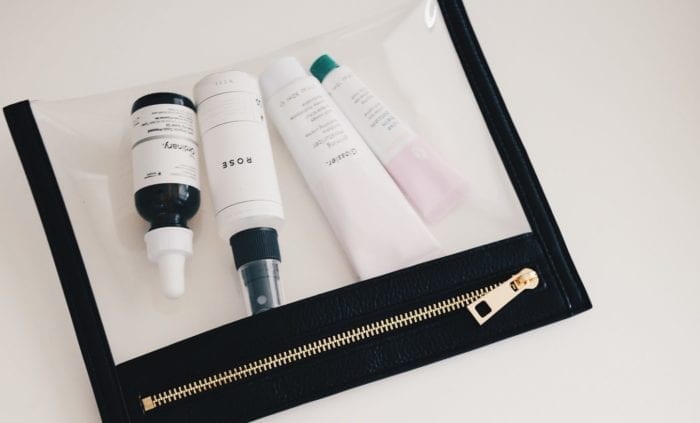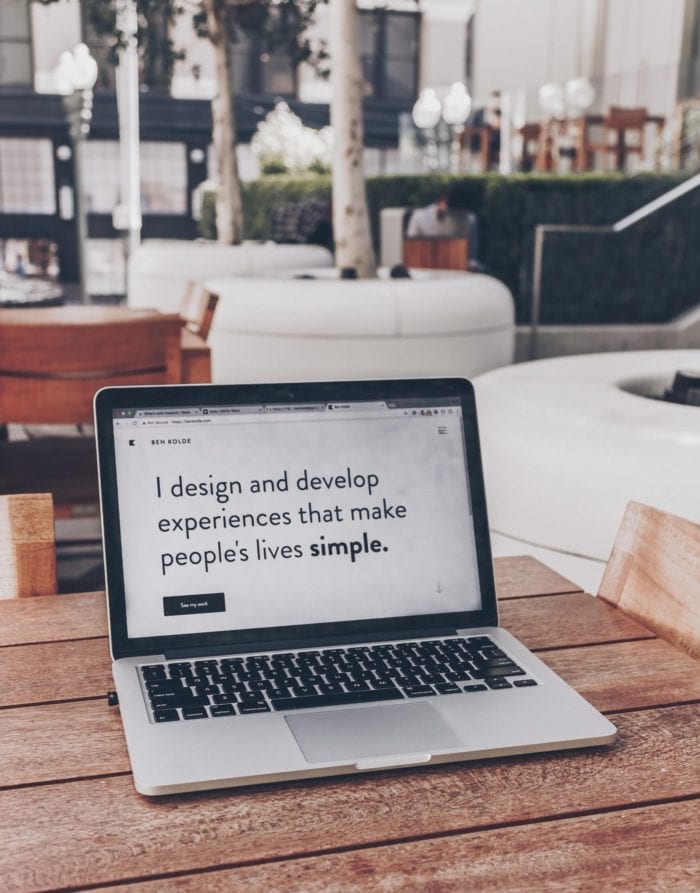What Website Compliance Has to Do with Getting My Beauty Products
Published on
When I find a product or a company that I like, I’m in it for the long haul. I’ve been with my car insurance since I could drive. I fill my tank with only one gas station. And I probably won’t leave the Southeast because my groceries taste better at my preferred grocery store. I hate to say it, but the cost is never the deciding factor; customer service is.
Last year, I was in New York City when my friend insisted I visit a showroom for skincare and beauty products. With a mirrored sign that said, “You Look Good” and exceptional customer service, that showroom won me over. I told anyone who would listen about their lip balm and soon became hooked on their skincare line. All I had to do was remember to place an online order before I ran out and it would ship to my Florida home.

Plot Twist: Someone got sued and it wasn’t me
We had a great working relationship until I ran out of my skincare solution in May. I went to the website to order another, but there weren’t any in stock. So I clicked on the “notify me when in stock” button and waited. Then at about three weeks into my waiting, I saw headlines that the website of my beloved retailer was inaccessible for people with disabilities. They were being sued. I knew immediately that this was not good. Not because my acne prone skin was about to lash out, but because millions of people couldn’t search the website, place an order, or even click “notify me when in stock” as I had done.
This legal suit hits home. Not only did I adore the retailer
Each headline I saw detailed how the defendant was denied “goods and services” because of “multiple access barriers” while navigating the site. Since the beauty and skincare retailer was a direct-to-consumer brand and primarily fills their orders through online purchases, it’s far too important that they be accessible to all.

Is poor web accessibility discrimination?
The ADA protects people with disabilities. It prohibits discrimination “when it comes to the full and equal enjoyment of the goods, services, facilities or public accommodations.” Discrimination may seem like a pretty harsh label. But, it’s discrimination because it’s illegal to deny people access because of their disability. Just like the physical NYC showroom had to meet ADA standards with an elevator for people with physical disabilities, their website needed to meet ADA standards by allowing people with visual disabilities to use their screen reader to make a purchase. If a site does not allow assistive technology to read aloud the content, then you cannot shop, research, or perform the same functions that everybody else can do on that website.
What’s the difference like when making an online purchase?
People with blindness and visual impairment use screen readers to translate on screen text into audio. When graphics don’t contain alternate text (“alt text”), the technology can’t describe what’s in the graphic or process information useful for the user.
When I asked my boss, Lou Fioritto, who uses a screen reader to accommodate his blindness, what it’s like when a website is inaccessible, he shared this experience. “Oh, it’s so frustrating, and a lot of sites are like that. It will read aloud, ‘JPG’, ‘JPG’, ‘JPG’, ‘graphic unavailable’, ‘link unavailable’, and all of the ads but nothing makes sense. Then if the headings structure is misused, the screen reader reads the website out of order. But, if the heading structure is done correctly, I can use it to tab through and get to the information I need. It makes all of the difference.”
To walk in Lou’s shoes, I decided to test a website, using JAWS, a screen reading software. I could see the menu at the top of the screen. But, the screen reader didn’t detect the menu right away because the site was inaccessible. It was exactly as Lou described. The website I tested made no sense. Forty percent of consumers leave a website after waiting 3 seconds for the page to load. How long do we expect people with disabilities to stay on an inaccessible website?
Lou added that his iPhone tells him if there is a “reader available.” For
What I would tell a Non-Compliant Retailer

Lawsuits against retail websites have increased this year, and more online retailers are popping up on the scene, I’ve compiled steps you can take for ADA Compliance.
- Make your marketing emails more than image-based and include an option for a text version. The truth is if the email doesn’t load images, the user will not have anything to go by.
- Include alternative text (alt text) to describe what’s happening in graphics. Your logo also requires alt text. You won’t see the alt text so it won’t alter your aesthetic, but you’ll know it’s written into the layer that screen readers access.
- Take an audit of your website to assess contrast errors, structural elements (like headings), and your HTML for WCAG compliance.
- Train your marketing team, or whoever regularly posts on your website, on things they can look for before pressing “Publish.”
This advice stands if you’re in a legal suit or doing your due diligence to stay out of one. No matter how long you’ve been in business, you can still make changes to increase your website’s usability and avoid a lawsuit. From a business perspective, if you aren’t compliant, then you’re negatively impacting your efforts. Did you know that people with disabilities are the third largest market segment? With about $490 billion of income to spend on beauty products and more, it is a market to consider. Accessibility gives you a better framework for doing better business with their buying power.
While a lawsuit may be a stumbling block, it gives businesses an opportunity to address accessibility for all consumers. Accessibility is the process that allows you to prove your commitment to equality for all customers.
Finding beauty products you like is not impossible. So it shouldn’t be difficult finding ones that offer excellent customer service and prioritize accessibility.
Categorized in: Uncategorized
This post was written by



Comments are closed here.